California has long been at the forefront of environmental initiatives, especially when it comes to recycling. With its unique CRV (California Redemption Value) system, residents often wonder, how much do you get for recycling plastic bottles in California? This system provides an opportunity for residents not only to contribute to a more sustainable environment but also to earn money in the process. This guide will delve into the intricacies of the CRV, shedding light on potential earnings from recycling and the proposed changes that could reshape the future of recycling in California.
- Californians have responsibly recycled over 450 billion bottles and cans since 1988;
- In 2022 alone, Californians recycled a remarkable 19.6 billion containers, equating to more than 400 containers per person;
- Additionally, this recycling program encompasses over 80% of beverages sold in California, including water, soda, fruit and vegetable juice, and beer.
What is California Redemption Value (CRV)?
The California Redemption Value, commonly referred to as CRV, is a unique initiative established by the state of California to encourage recycling and reduce litter. Under this system, consumers are levied a nominal fee upon the purchase of specific beverages. This fee serves as an incentive, encouraging individuals to recycle their containers. Once consumers decide to recycle, they can claim this fee, now termed as a CRV refund, by returning their empty containers to designated recycling centers or certain retailers. These participating retailers are commonly referred to as ‘dealers’ in the context of the CRV program.
To give a clearer picture, not all beverages fall under the CRV umbrella. The beverages that do come with a CRV fee are mostly packaged in four types of materials:
- Aluminum, a commonly used material for soda cans and certain energy drinks;
- Glass, which houses many of our favorite sodas, beers, and juices;
- Plastic, which is ubiquitous and used for a multitude of beverages from water to soft drinks;
- Bi-metal, a less common material but still part of the CRV initiative.
To better understand the refund you’d get, the CRV system has set refund rates based on the size and type of the container:
| Container Type | Deposit Rate (in cents) |
|---|---|
| Containers less than 24 ounces | 5 |
| Containers 24 ounces or larger | 10 |
| Wine or distilled spirits in non-traditional packaging, such as boxes or pouches | 25 |
- For the smaller containers, those that hold less than 24 ounces, the refund rate is set at 5 cents;
- If you’re looking at larger containers, those that are 24 ounces or more, you’d get a refund of 10 cents;
- A special category exists for wine or distilled spirits. If these are packaged in non-traditional containers such as boxes, bladders, or pouches, the refund rate is a generous 25 cents.
This system not only promotes an eco-friendly lifestyle among Californians but also provides a financial incentive to actively engage in recycling efforts.
California’s Plastic Bottle Recycling Rates
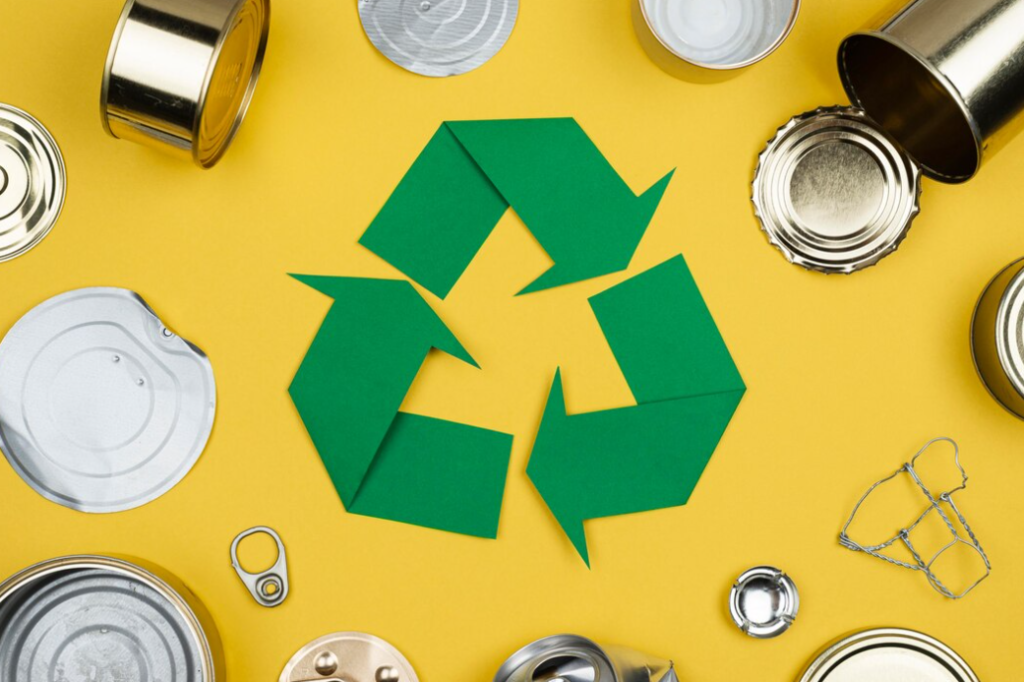
With environmental consciousness at an all-time high, the worth of recyclable items, particularly bottles and cans, is set to see a noteworthy surge in the near future. Governor Gavin Newsom has recently presented an ambitious proposal that aims to double the California Redemption Value (CRV) refund associated with these items. In practical terms, this suggests that for every 5-cent CRV deposit consumers invest when buying a drink container, they stand the chance to receive a 10-cent refund upon its recycling. Similarly, containers that initially carried a 10-cent CRV would yield a return of 20 cents when recycled.
This bold move isn’t a standalone decision. Instead, it’s a highlight in the agenda for California’s upcoming budget discussions slated for June. Of course, for this to come to fruition, the proposal must gain legislative approval. Should it receive the green light, a significant budget allocation of $155 million is planned to fortify the state’s recycling infrastructure, with an emphasis on increasing the presence of mobile recycling facilities and introducing a greater number of reverse vending machines.
Behind this innovative initiative is a rather surprising revelation. Rachel Wagoner, the esteemed director of CalRecycle, has pointed out that there’s a staggering excess of $600 million arising from unclaimed 5 and 10-cent deposits on beverage containers. This accumulation is largely due to an unexpected outcome of the COVID-19 pandemic – the dramatic rise in home consumption of canned and bottled beverages during lockdowns and quarantines.
It’s worth noting that the buying rates for these containers have skyrocketed, with billions more being bought in the last two years than in previous comparable periods. This pronounced increase motivated Governor Newsom to develop a strategy designed to channel those unclaimed funds back into the pockets of Californians.
At the core of this proposal is a vision to not only incentivize recycling for its immediate financial benefits but also to foster a broader culture of recycling. Despite California already boasting an impressive recycling rate of around 70%, the goal doesn’t stop there. Wagoner, with the backing of the state’s administration, envisions a future where the public’s renewed enthusiasm for the CRV program propels the recycling rate closer to a perfect score of 100%.
Container-by-Container and Weight-Based Redemption
In California, when recycling CRV beverage containers, consumers have a choice regarding how they’d like to be compensated: on a container-by-container basis or based on the total weight of the containers. Understanding the distinction between these two methods can help ensure you get the most from your recycling efforts.
Container-by-Container Redemption:
For those who don’t have large quantities to recycle and prefer a straightforward count, the container-by-container method might be more suitable. In this method, customers can request to be paid based on the count of individual containers. Here are the guidelines:
- Up to 50 CRV glass beverage containers per transaction;
- Up to 50 CRV aluminum beverage containers per transaction;
- Up to 50 CRV plastic beverage containers per transaction.
This method is especially advantageous if you’re certain that your containers are in a condition where each will be accepted and counted.
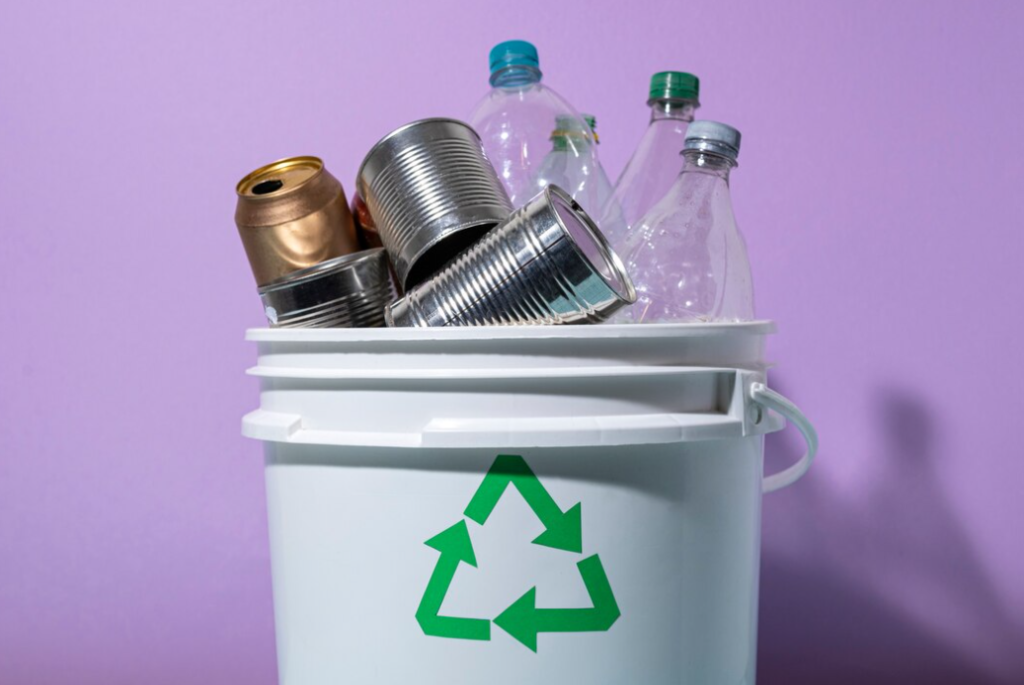
Weight-Based Redemption:
For those with larger quantities or who prefer a quicker transaction, being paid by weight can be a more efficient option. However, it’s essential to be aware of the daily load limits established for empty CRV beverage containers:
- Aluminum: A maximum of 100 pounds;
- Plastic: A maximum of 100 pounds;
- Glass: A maximum of 1,000 pounds.
This method is efficient for bulk recyclers or those who might have containers that are crushed or in a condition where individual counting might be challenging.
Conclusion
In our dynamic and ever-evolving global landscape, California consistently emerges at the forefront, charting the course with pioneering strategies, especially in environmental conservation and recycling. The California Redemption Value (CRV) system exemplifies the state’s unwavering dedication to safeguarding the environment while simultaneously ensuring the well-being and engagement of its citizens. The newly proposed modifications to this system promise not only to amplify its efficacy but also to enhance the benefits reaped by Californians. The vision set forth by Wagoner, anchored in reviving and amplifying public enthusiasm for the program, has the potential to usher in an era where recycling rates soar to unparalleled heights. This renewed vigor and dedication to the CRV program only further cements California’s esteemed position as a trailblazer in championing sustainable and eco-friendly measures.


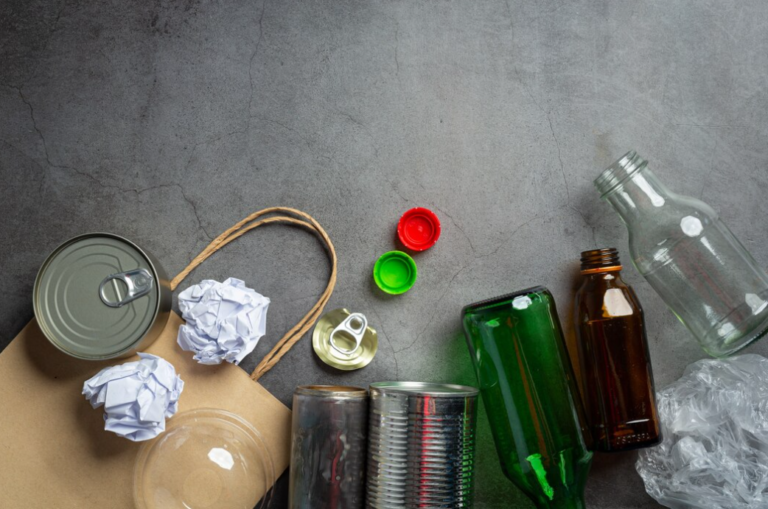


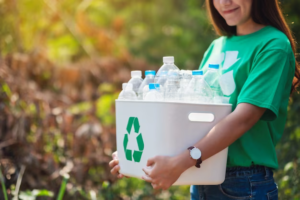


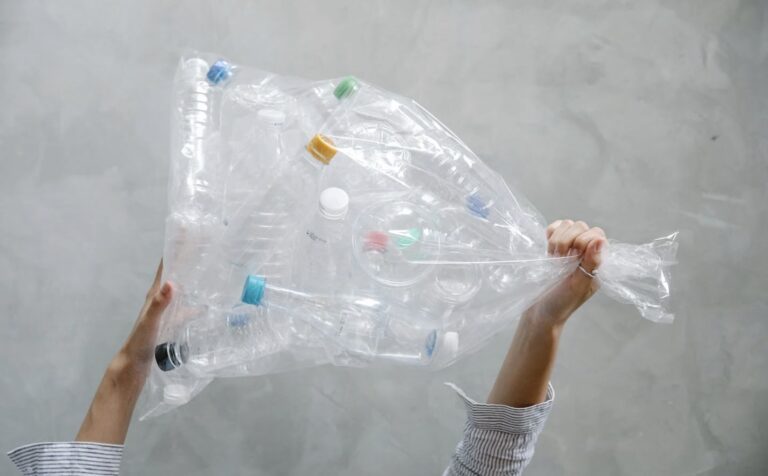
+ There are no comments
Add yours